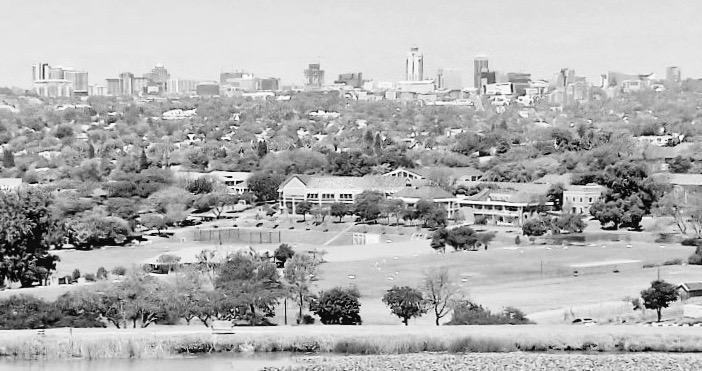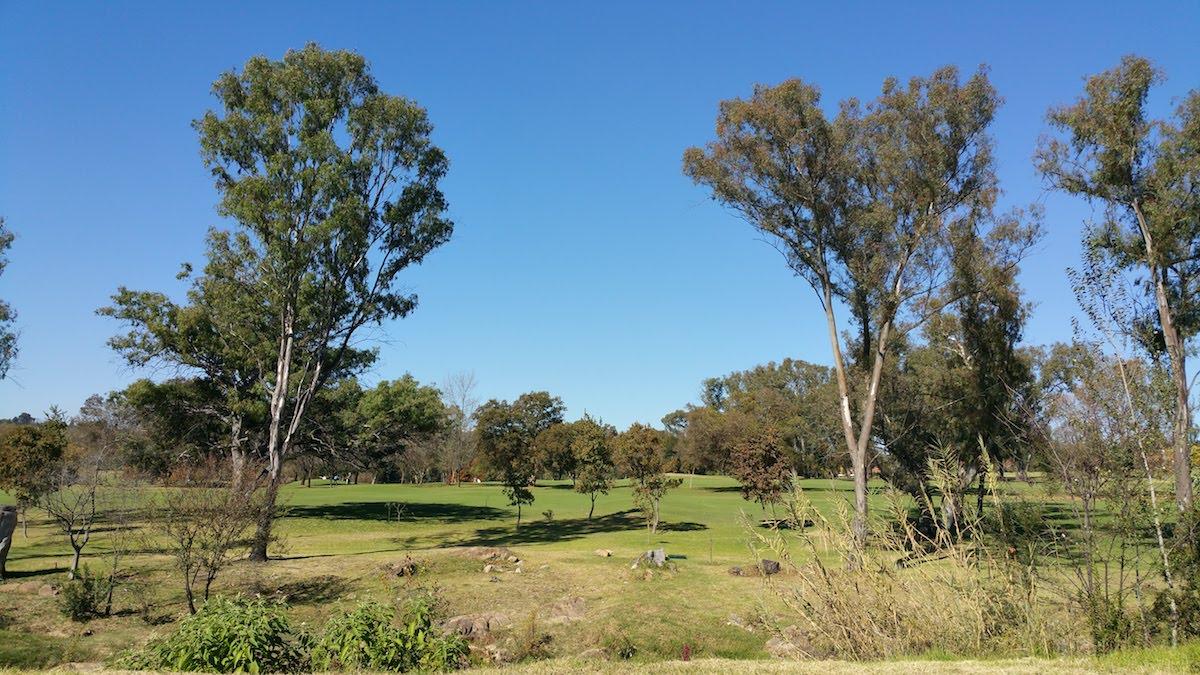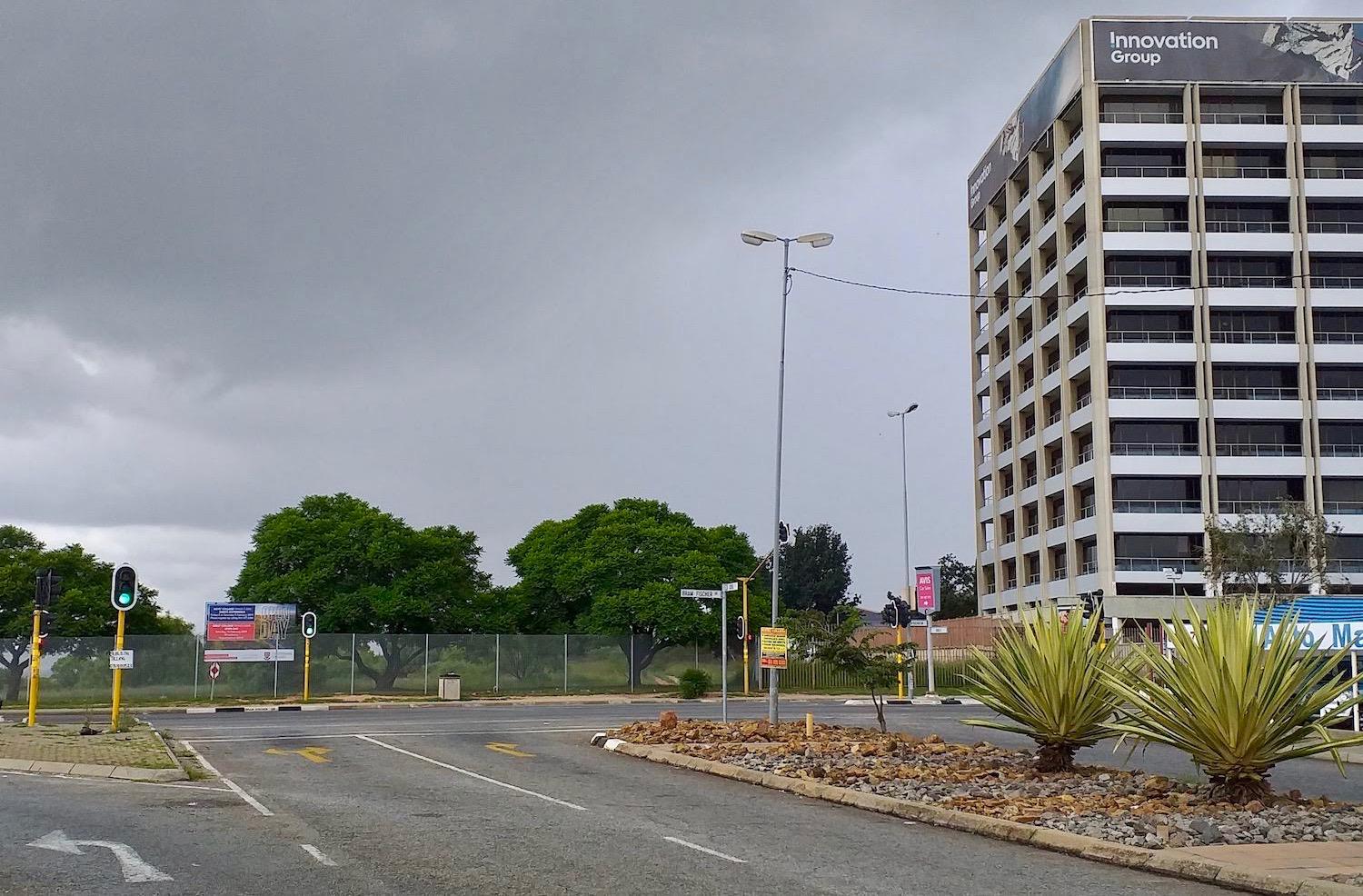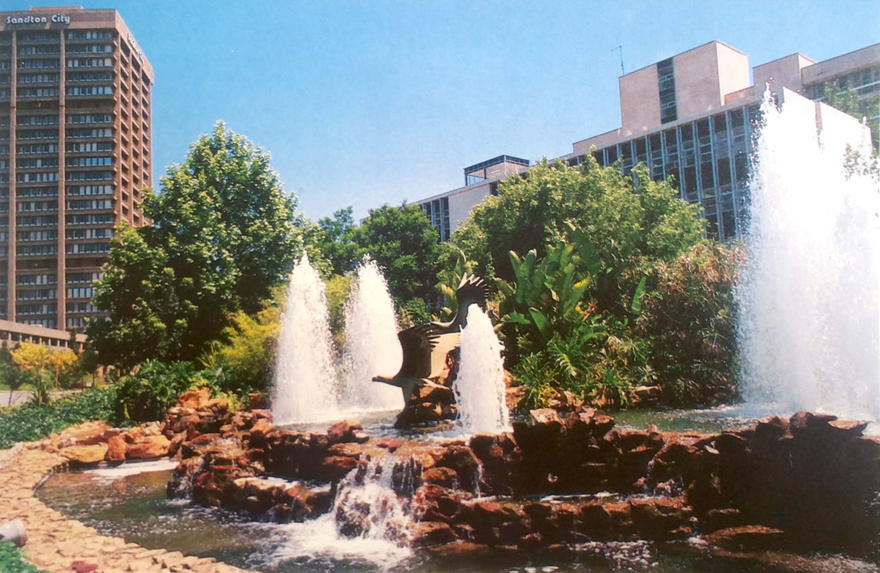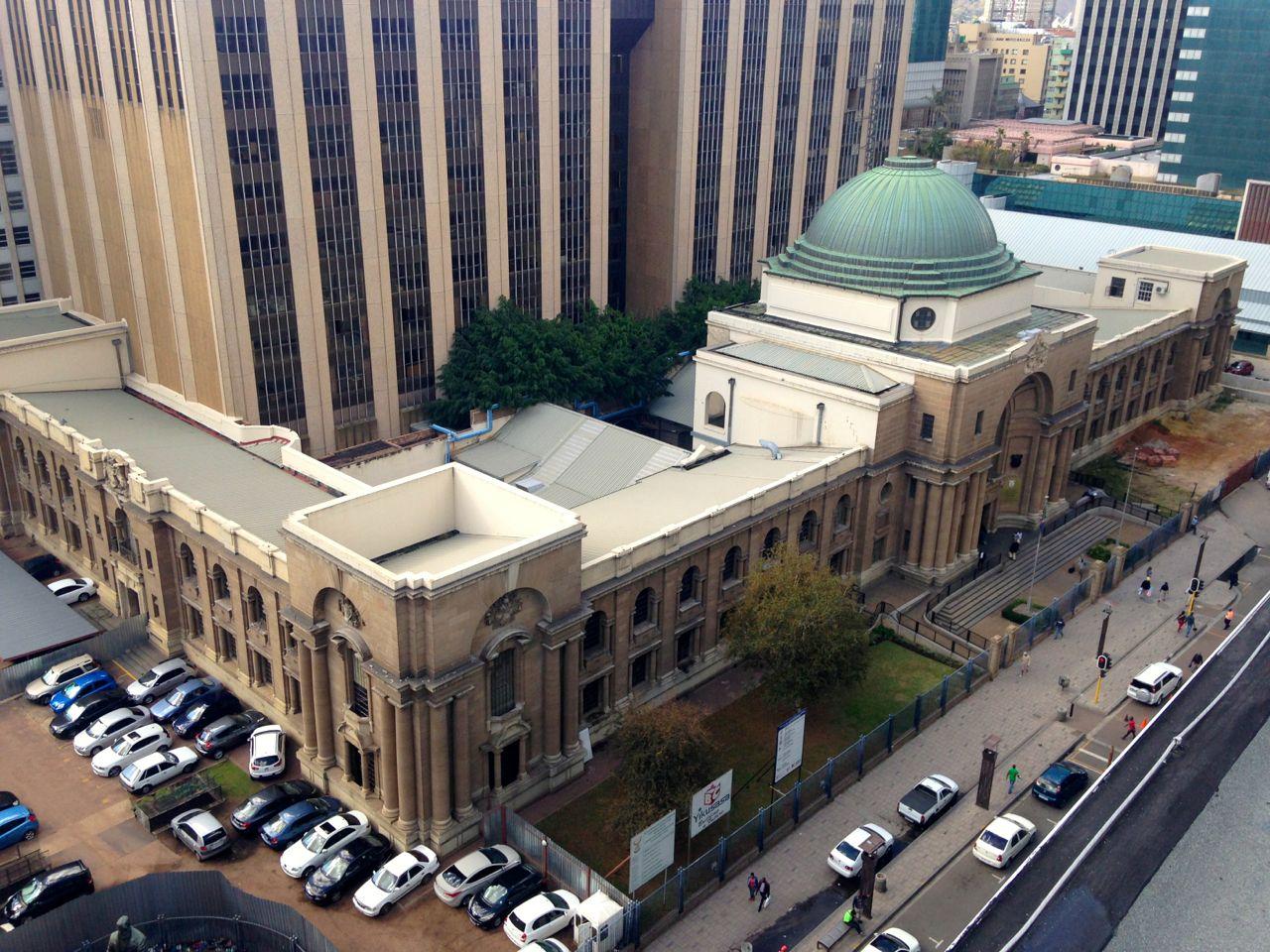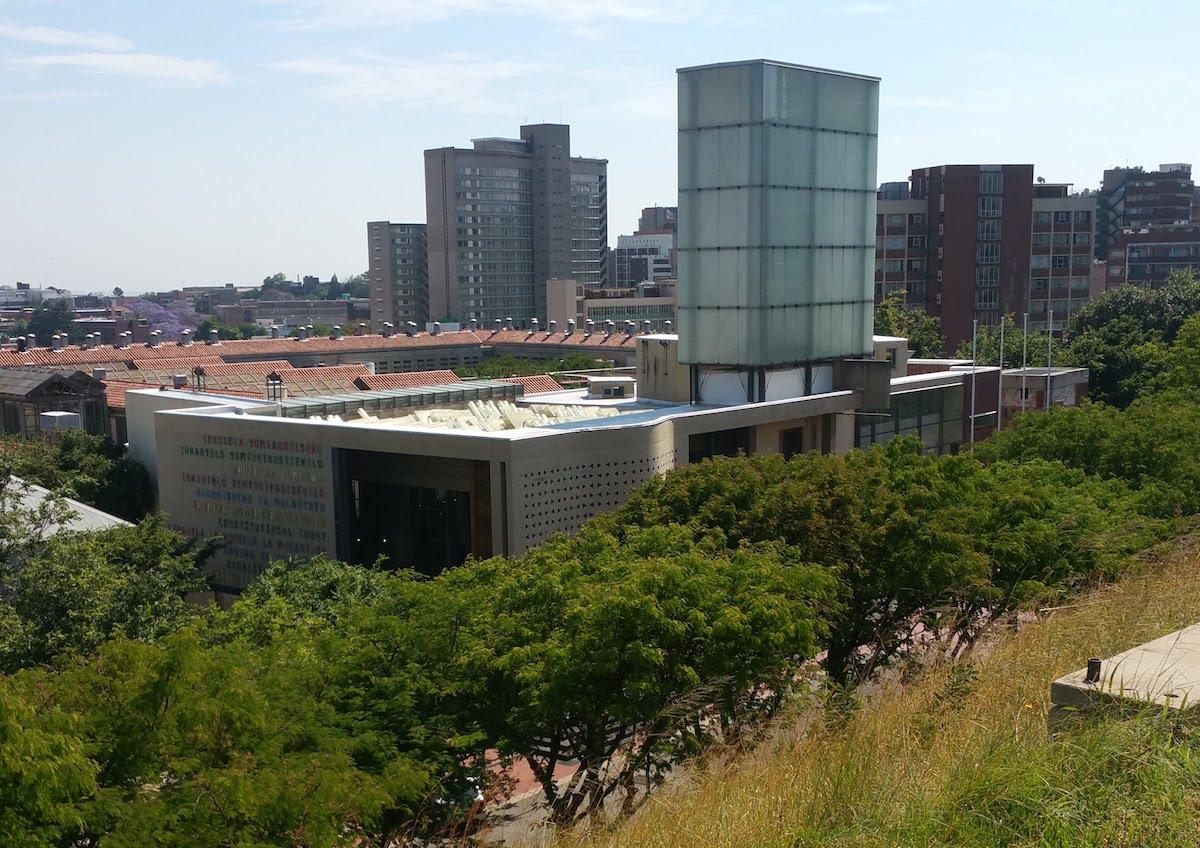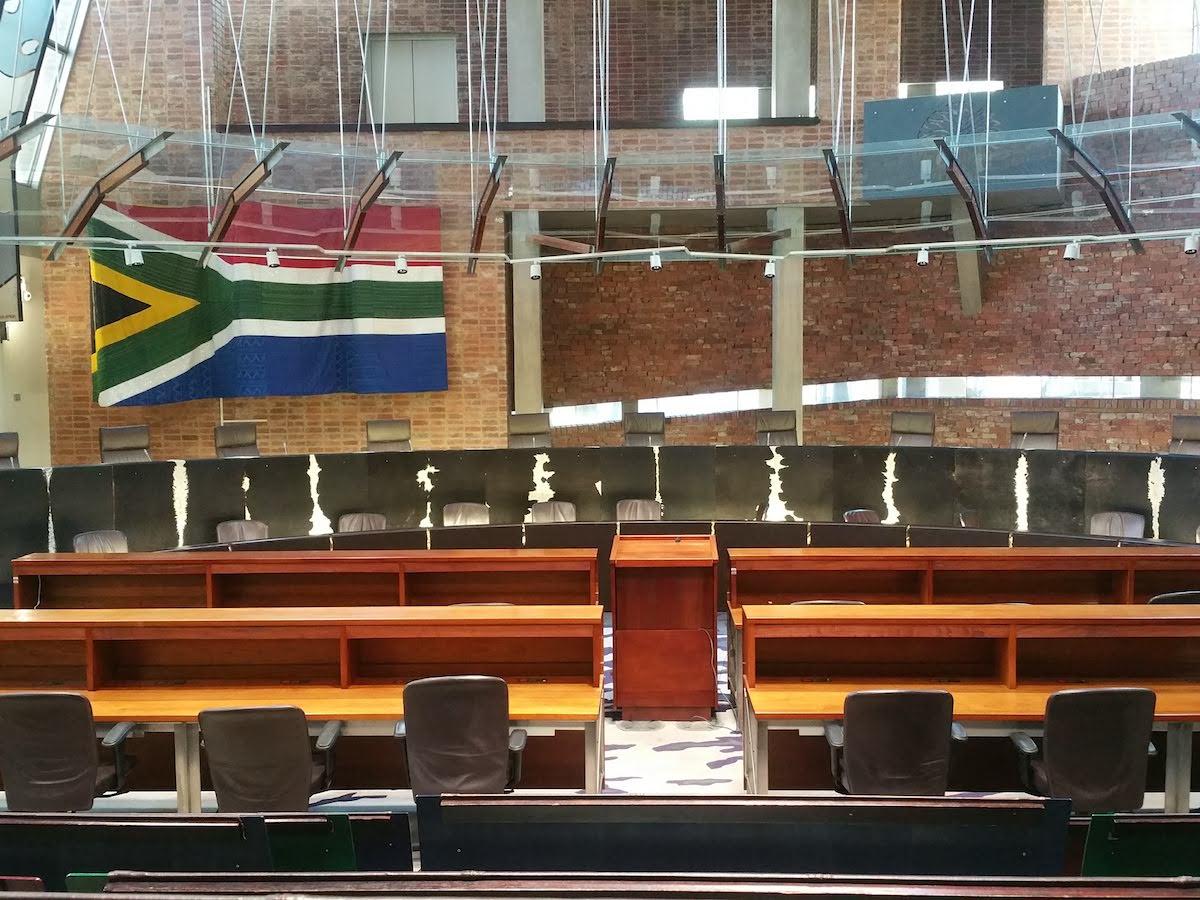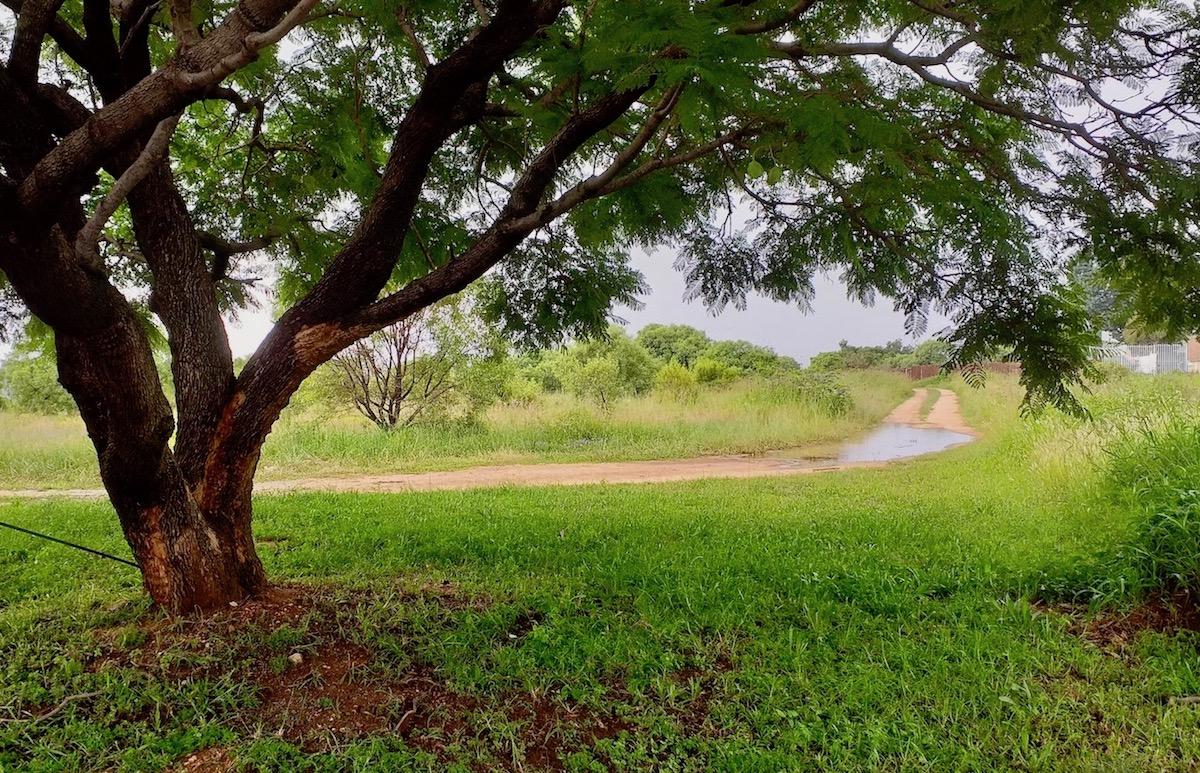
Disclaimer: Any views expressed by individuals and organisations are their own and do not in any way represent the views of The Heritage Portal. If you find any mistakes or historical inaccuracies, please contact the editor.
Prior to the 1994 elections, the National Party controlled both National Government and Provincial Government of the Transvaal. Planning of roads and townships were the responsibility of the Transvaal Provincial Administration (TPA).
Sandton was established as a town in its own right in 1969. It did not take long for residents to form ratepayers associations in most of the suburbs.
In 1990 Sandton’s ratepayers associations came together to create one body which could represent all associations with a view to be able to negotiate with various authorities on a united basis. The result was the establishment of the Sandton Federation of Ratepayers Associations (SANFED). The first chairman was David Allen, previously Editor of The Star.
The PWV3 (South Road Development)
In the late 1980s, the TPA proposed the creation of a high speed four lane road between Alexandra Township and Randburg. This was part of a 25 year planning exercise.
The intention of the proposal was to provide easy access for residents of Alexandra and Sandton to Randburg which had been planned to be a major regional office and shopping node. At the time, Randburg was already well established with office blocks, small businesses and high rise flats.
The four lane road was planned to wind through the following route:
Bond Street Randburg
The southern edge of St Stithians College (see main pic)
The Field and Study Centre Park
The southern edge of Riverclub Golf Course
Coleraine Drive (Kelvin Drive)
South Road Morningside
Looking over St Stithians towards Sandton (The Heritage Portal)
Riverclub Golf Course (The Heritage Portal)
Residents were up in arms about the proposed road and launched a programme to demand cancellation of the project. An action committee under the umbrella of SANFED was established by affected ratepayers associations.
The major objections were that the road would increase traffic volumes dramatically. The road itself would cut across residential areas disturbing the tranquillity of Sandton and dividing the town. Numerous letters to newspapers and complaints to the authorities were submitted.
Many questions about the exact route, practical issues and expropriations were never clarified by the authorities. For example, one question was how the road would cross Nicol Highway and the Braamfontein Spruit in the Field and Study Centre Park.
One tongue in cheek drawing published in The Star newspaper, suggested that the road be tunnelled under the spruit to form a barrier for a small lake and waterfall.
A protest meeting was held at the Sandown School which was attended by hundreds of concerned residents. Other protest meetings were also held throughout Sandton.
The battle went on for several years but in 1993, Government finally announced cancellation of the plan. For years after that, there was suspicion that the project might be reintroduced at a later date. However many of the vacant stands earmarked for the road were later developed with houses and townhouses which meant it became impossible for the project to be revived in future years.
The concerted efforts of residents is a great example of activism that achieved the desired results.
Where Bond Street comes to an end today just before St Stithians (The Heritage Portal)
Restructuring of Local Government
The background of the restructuring of local government has its roots in the clandestine and unofficial Dakar conference of 1987. Dr Frederick van Zyl Slabbert previously leader of the Progressive Federal Party, initiated the conference through the Institute of Democratic Alternatives in South Africa (IDASA) which he headed. Approximately 52 mainly Afrikaner academics were invited to the conference.
The conference with ANC representatives was condemned by the South African Government who were not ready to discuss power sharing. The conference did however create a platform for future discussion as to what the new South Africa should look like.
Amongst the issues discussed was one in which wealth would have to be shared in order to uplift disadvantaged blacks. One method of achieving this in the course of time was the creation of metropolitan municipalities incorporating smaller surrounding towns with the wealthier cities. The centralised control would ensure that equitable distribution of wealth could be achieved.
In the 1994 elections, the ANC took control of national government as well as the provincial government of the Transvaal. In 1995 municipal elections were held throughout South Africa. The ANC secured a majority of the seats in the Greater Johannesburg Council.
Due to substantial restructuring of provincial boundaries, the relatively small province of what was to become Gauteng, was established. Gauteng included the urban areas of Johannesburg, Pretoria and Sandton amongst others. At the time, independent towns such as Sandton, Roodepoort, Randburg and Soweto had developed high levels of administration capability and their own councils. The outcome of the proposed reorganisation was that these towns would cease to exist as self governing entities.
Barlow Fountains outside the Sandton Council offices. Both fountain and offices are no more (Sandton Civic Foundation)
One of the first actions of the ANC government was to propose the consolidation of cities and their satellite towns into centrally controlled metropolitan cities (megacities). The purpose was to do away with the separation of wealthy and poorer areas with a view to upgrading infrastructure and services in disadvantaged areas on a more equitable basis.
In the case of Greater Johannesburg, four Sub Structures were ultimately established for administrative purposes. Sandton and Alexandra became the Eastern Metropolitan Sub Structure. Roodepoort and surrounds became the Western Sub Structure. Johannesburg central, Soweto and the southern suburbs became the Southern Sub Structure. The Northern Sub Structure incorporated all far northern suburbs including Randburg and Diepkloof. Each Sub Structure was initially managed by a local council. In the case of Sandton the council was named the Eastern Metropolitan Local Council (EMLC).
By 1998, the Greater Johannesburg Metropolitan Council was effectively governed by an Executive Committee made up of 10 councillors under the chairmanship of Kenny Fihla of the ANC. Very little input from the four Sub Structures was sought. Sub Structure meetings were cancelled due to the absence of business to consider. Meanwhile the Sub Structure chairmen and councillors were paid generous salaries during this time.
The Sub Structures model never worked properly and in due course the local councils were disbanded. All administrative functions were centralised and taken over by the Johannesburg Metropolitan Council.
SANFED understood that the establishment of a megacity was inevitable and that there was a duty on wealthy areas to assist with the improvement of infrastructure in poorer areas such as Alexandra and Soweto.
The Referendum
In 1996, the Greater Johannesburg Municipal Council (GJMC) imposed a rates increase of as much as 300% on properties in the Sandton Area. Residents and SANFED believed the increases were both unacceptable and illegal particularly since there had been no prior consultation with those affected. The first initiative of SANFED was to run a local referendum to protest against the high increase in rates proposed by the GJMC. The referendum was supported by more than 30 ratepayers association in the Eastern and Northern Sub Structures.
On 21 September 1997 a voting station was set up at the Riverside Centre in Bryanston. Hundreds of property owners turned out to vote. Unsurprisingly the vote against the rates increase was carried by a large margin. As expected, Government and the Johannesburg Metropolitan Council ignored the referendum completely and pressed ahead with the proposed rates increase.
Resistance to the Rates Increase
Despite the lack of response to the referendum, SANFED and the constituent ratepayers associations decided to take legal action against the Council and at the same time initiate a rates boycott with the purpose of forcing the Johannesburg Council to accede to the demands of residents.
SANFED raised money for a fighting fund to pay legal costs for possible future challenges through the courts.
At the time, two thirds of all commercial properties in Sandton were owned by major groups such as Liberty Life, Fedsure, Momentum and Commercial Union. The sudden increase in rates affected them badly and collectively they decided to take the matter to court.
The case in the Witwatersrand High Court challenged the legality of establishing the sub structures and the Transitional Metropolitan Council itself.
High Court (The Heritage Portal)
Another objection before the court was that the rates increase was set at .065 cents per R100 on all properties across the board in Sandton. This amounted to an increase of up to 300% which was considered to be exhorbitant and illegal.
The advocates representing the complainants were DJB Osborn SC and PJ van Blerk SC instructed by Strauss Scher attorneys. They also objected to the fact that the public had not been given 14 days notice to study the proposed increase as required by the Act.
The case was lost and taken on appeal to the Supreme Court of Appeal (SCA) in Bloemfontein. The SCA referred the appeal to the Constitutional Court of South Africa (CCSA) on grounds that under the interim Constitution, it was precluded from exercising jurisdiction to hear the appeal.
In 1998, the matter was heard by the CCSA who took cognisance of the underlying intentions of the objectives of the establishment of metropolitan councils. The thinking was influenced by the broad decision taken at the Dakar Conference in 1987 in which all citizens would share in the wealth of South Africa.
The opening statement of the CCSA judgement places the thinking in context:
It may be helpful at the outset to sketch the political and legal context within which the present dispute has arisen. The transformation of South Africa from a society rooted in discrimination and disparity to a constitutional democracy founded upon freedom, dignity and equality posed, and continues to pose, particularly profound challenges at local government level. It is here that acute imbalances in personal wealth, physical infrastructure and the provision of services were and are often most patent. The greater Johannesburg region is no exception.” (Constitutional Court Case NO. CCT 7/98 Part 2 of introduction. Judges Chaskalson, Goldstone and O’Regan)
The appeal was turned down with a dissenting view by Judge Kriegler. He did however support the decision of the court.
Constitutional Court (The Heritage Portal)
Inside the Constitutional Court (The Heritage Portal)
It was, however clear that by this time, support for the rates boycott was limited and many residents felt there was no point in supporting a cause which SANFED had no prospect of winning. By the end of 1998 the rates boycott had in fact collapsed completely.
Peter Harmsen resigned as Chairman of SANFED in 1998 and he was replaced by John Lambson, previously the headmaster of Bryneven School in Bryanston. He was followed by Malcolm Wilson a resident of River Club.
SANFED was wound up in 2000 and approximately R80 000 accumulated in the fighting fund was distributed to local charities.
Road Closures
Due to rising crime levels, many communities in Sandton decided to establish road closures without official approval. Some communities blocked off roads and set up guarded entrance booms. Provincial Government and the Johannesburg Metro were opposed to the illegal enclosures which they regarded as elitist.
A public meeting under the auspices of the Sandton Precinct headed by Steve Margo held in December 1997 met to discuss the matter. A committee of three was appointed to lobby Provincial Government to allow communities to establish road enclosures.
The problem revolved around booms and the blocking of roads since a Provincial Act permitted only police or army to erect these forms of barricades.
Regulations governing the erection of booms and creating enclosures were put in place. By 1998, 130 applications in the Sandton area had been made to the EMLC.
Although Sandton ratepayers did not always achieve the desired objectives, the initiatives were important examples of how collective activism is able to unite people in a common purpose.
Sources
- Charles Morris - Property Developer
- Sandton Chronicles at Sandton Library
- Minutes of SANFED Meetings
- Minutes and Newsletters of Riverwards Ratepayers Association.
- Dakar Conference - Tydskryf vir Letterkunde 46(2) 2009 by Hermann Giliomee
- South Africa’s Magnifying Glass – A Profile of Gauteng Province edited by Pieter Kok. Published by the Human Sciences Research Council 1998.
Comments will load below. If for any reason none appear click here for some troubleshooting tips. If you would like to post a comment and need instructions click here.

